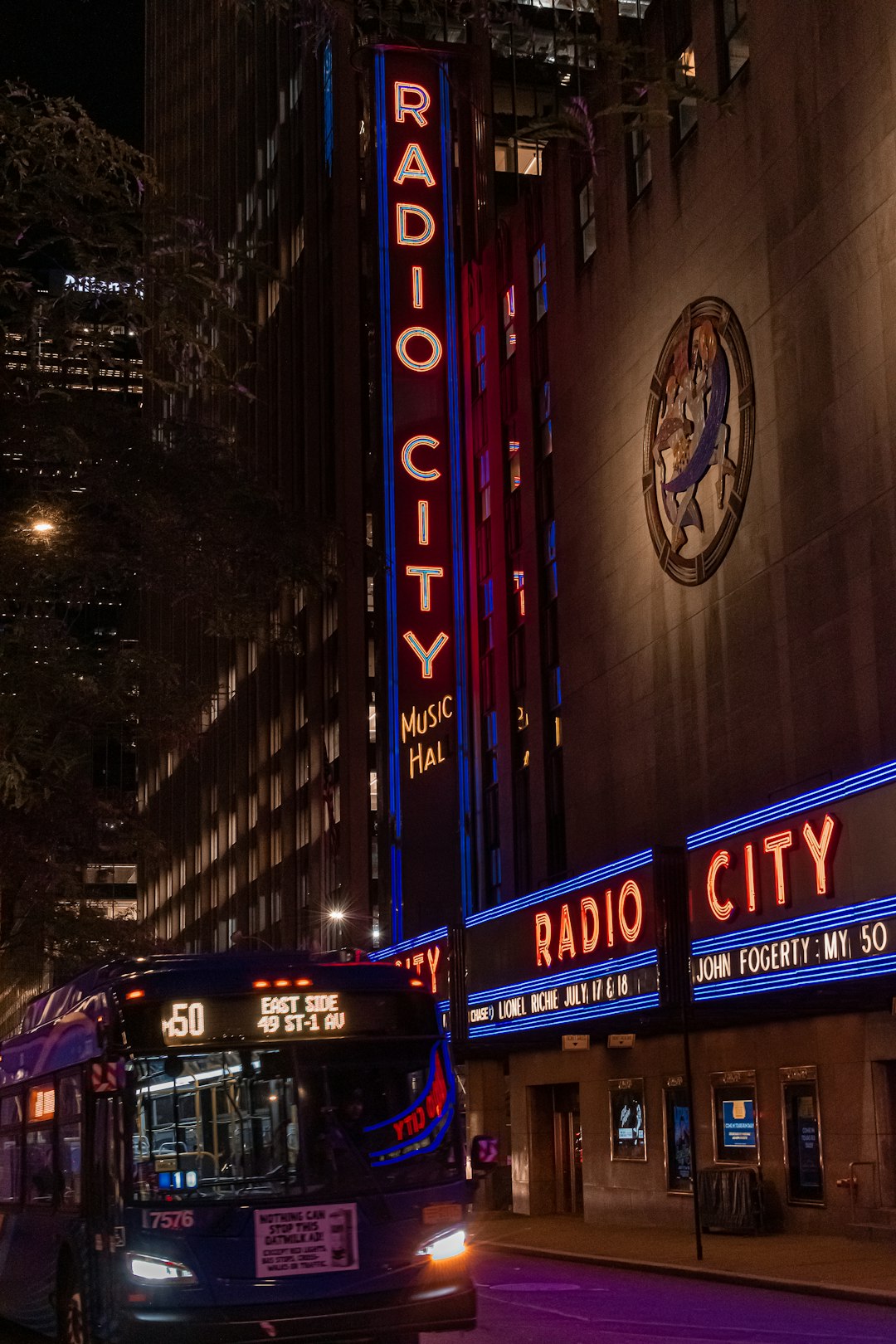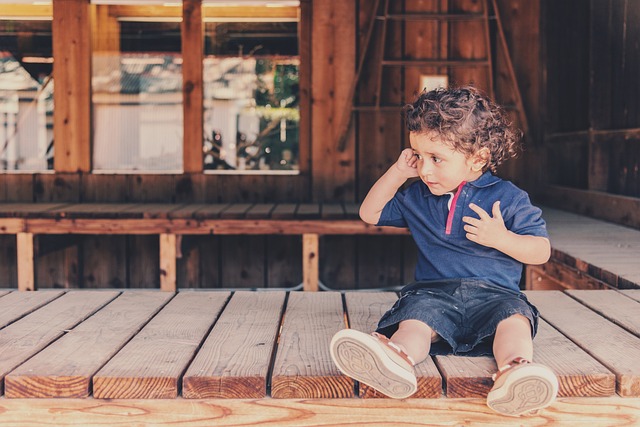In New York City (NY), child abuse cases are handled with a balanced approach that combines rehabilitation and punishment, guided by a robust social services network and protective legal framework. Judges increasingly favor probation and community-based programs over incarceration to reduce recidivism and promote healing for both victims and perpetrators. Innovative community-based programs offer comprehensive support services, leading to lower recidivism rates and stronger family-community connections. Comparative studies show that probation is more effective than imprisonment in addressing the root causes of abuse and facilitating successful reentry into society.
In New York City (NY), the debate between probation and incarceration for child abuse cases is a complex issue. This article explores the city’s unique trends and approaches, focusing on sentencing decisions and their outcomes. We analyze the current landscape, where rates of incarceration vs. probation highlight disparities. By examining factors influencing these choices, we gain insights into community-based programs’ impact and present a comparative analysis of long-term effects, offering valuable perspectives for policymakers and practitioners in NY.
Understanding NYC's Approach to Child Abuse Cases

In New York City (NY), child abuse cases are taken incredibly seriously due to the city’s robust social services network and legal framework designed to protect vulnerable children. The approach to these cases often involves a delicate balance between rehabilitation and punishment, reflecting NY’s commitment to not only holding perpetrators accountable but also ensuring the well-being and recovery of abused children.
The NYC judicial system typically considers probation as an initial response for non-violent child abuse offenses, focusing on counseling, community service, and close monitoring. This approach aims to give offenders a chance to take responsibility for their actions while preventing further harm. In contrast, more severe or violent cases may lead to incarceration, with sentences tailored to the specific circumstances of each case. This nuanced strategy underscores NY’s dedication to addressing child abuse effectively, aiming to break cycles of trauma and foster healthy development among NYC’s youngest residents.
The Current Landscape: Incarceration vs. Probation Rates

In New York City (NY), the debate between incarceration and probation as punishments for child abuse cases is a complex issue with significant implications. Current trends reveal a shift towards alternative sentencing options, reflecting a growing recognition of the potential harm caused by traditional prison sentences to both victims and perpetrators, especially in sensitive cases involving children.
Statistics show that while NY has seen a decrease in incarceration rates for various offenses, child abuse cases present a unique challenge. The state’s approach has been evolving, with an increasing number of judges opting for probation and community-based programs. This shift is partly driven by research highlighting the positive impact of such alternatives on both parties involved, offering opportunities for rehabilitation and reduced recidivism rates.
Factors Influencing Sentencing Decisions in NY

In New York (NY), sentencing decisions in child abuse cases are influenced by a multifaceted interplay of legal, social, and situational factors. Key considerations include the severity and nature of the abuse, the age and well-being of the victim, the defendant’s prior record, and any mitigating or aggravating circumstances. The state’s criminal justice system also prioritizes rehabilitation and public safety, balancing these goals against the specific context of each case.
Additionally, NY courts often take into account community sentiment and the impact on families, especially when children are involved. This nuanced approach aims to ensure that justice is served while also providing support for both victims and perpetrators, with an ultimate goal of preventing future instances of child abuse within the state.
Community-Based Programs and Their Impact

In New York City (NY), community-based programs have emerged as a promising alternative to traditional incarceration for parents convicted of child abuse. These programs focus on rehabilitating offenders while ensuring the safety and well-being of their children. By providing intensive support services, such as therapy, parent education, and access to social resources, these initiatives aim to break the cycle of abuse and neglect.
Research suggests that community-based approaches can significantly reduce recidivism rates compared to incarceration. In NY, several organizations have developed innovative models that foster strong connections between families and their communities. This shift towards community-focused interventions not only promotes healing but also empowers parents to become responsible caregivers, ultimately contributing to the safety and stability of NYC’s vulnerable children.
A Comparative Analysis: Incarceration vs. Probation Outcomes

In New York City (NY), a comparative analysis of incarceration versus probation outcomes in child abuse cases reveals distinct trends. Studies show that while imprisonment can serve as a deterrent for severe crimes, it often fails to address the underlying issues that led to the abuse. Probation, on the other hand, offers a more holistic approach by focusing on rehabilitation and community reintegration. Offenders placed on probation are typically required to participate in therapy, attend support groups, and maintain regular contact with probation officers.
This alternative approach has shown promising results in NY, with many probationers successfully completing their sentences and reintegrating into society. They often find employment, reconnect with family and friends, and avoid reoffending. In contrast, incarcerated individuals face challenges upon release, including limited access to resources and support networks, which can hinder their ability to break free from cycles of abuse and violence.






